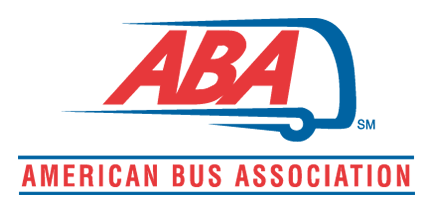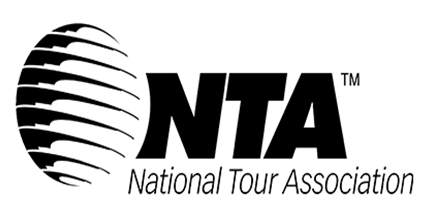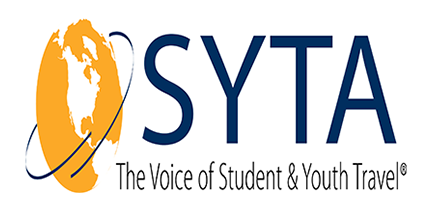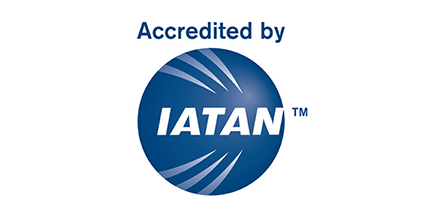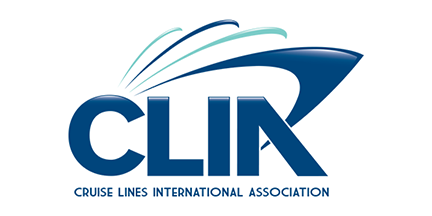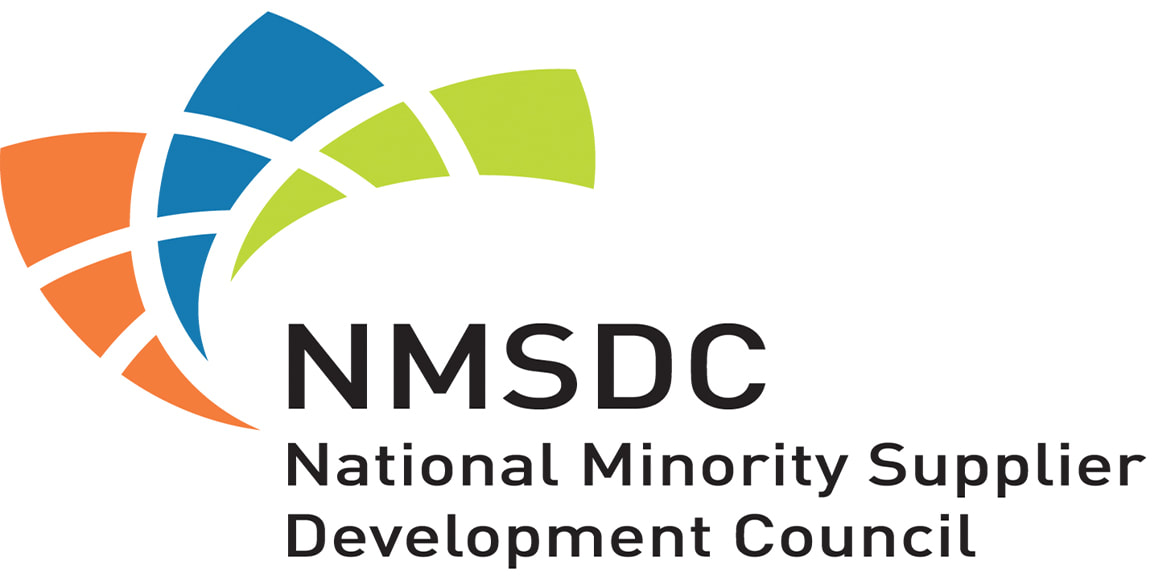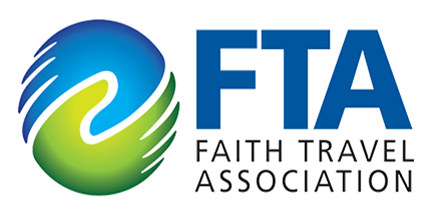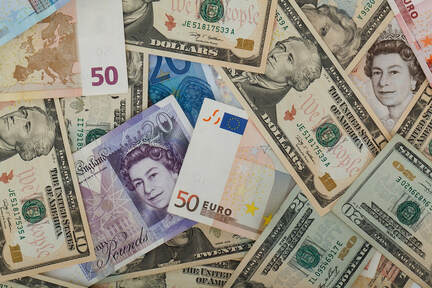 First and foremost, make sure you inform your bank of your travel plans. They will be able to place the appropriate alert on your cards so you won’t get declined on vacation. In addition, they can help alert you to any suspicious banking activity while you are on the go and focusing on having an enjoyable time rather than monitoring your charges. Secondly, research the currency exchange rate and know the ballpark for a good exchange. Look for establishments that do not charge a commission- meaning they do not benefit as much financially from the exchange. Speak to your bank in advance and they might be able to get you the currency in advance depending on their policy. Bring enough cash for the first 24 hours or until you have time to find an ATM. A good rule of thumb is some authentic and smaller businesses will not always be able to take a card, so be prepared and bring some cash. Also, pay attention to foreign transaction fees for your accounts and know how much you will or will not be charged per transaction abroad. Some cards have transaction fees of 1%- meaning if you charge the equivalent of $100 USD, you will be charged 1% of $100 on the transaction. But the most important tip I like to share is pay in foreign currency! When charging something, let say a meal at a small café in a foreign country and the wait staff ask, “would you like to pay in the currency of the country or would you like to pay in U.S. dollars?” always say the foreign currency. That allows your bank to choose the conversion rate of the payment and ultimately give you a better rate than if you had paid in U.S. dollars Lastly, don’t only bring one card. Things happen and it is better to be safe than sorry. Put this second backup card in a different, hidden location and not in your wallet. You will be glad to have it if you happen to meet a sneaky pickpocket whilst traveling.
1 Comment
|
Categories
All
Archives
November 2019
|
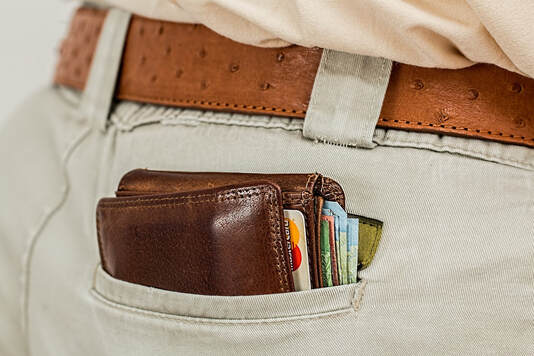
 RSS Feed
RSS Feed
